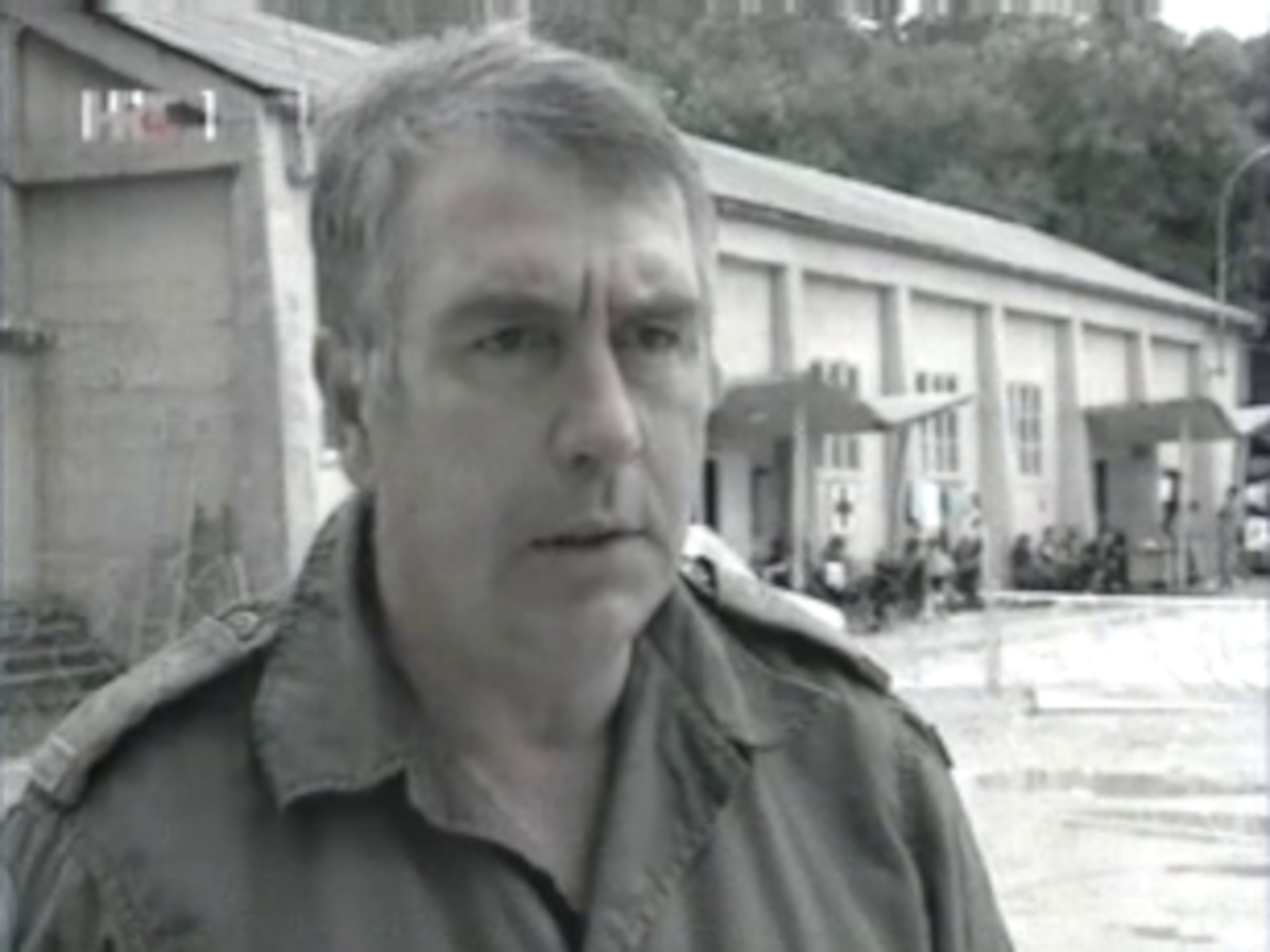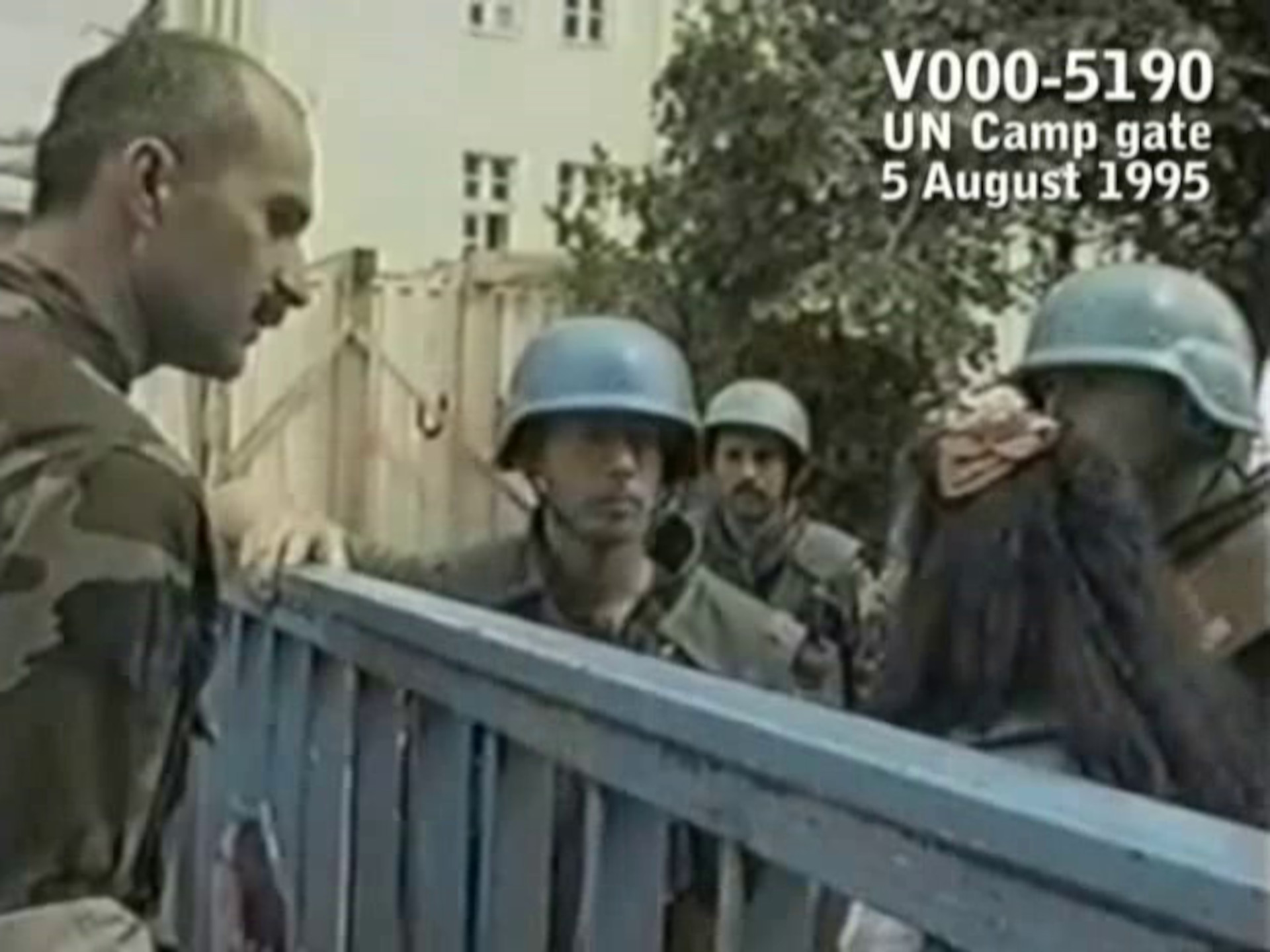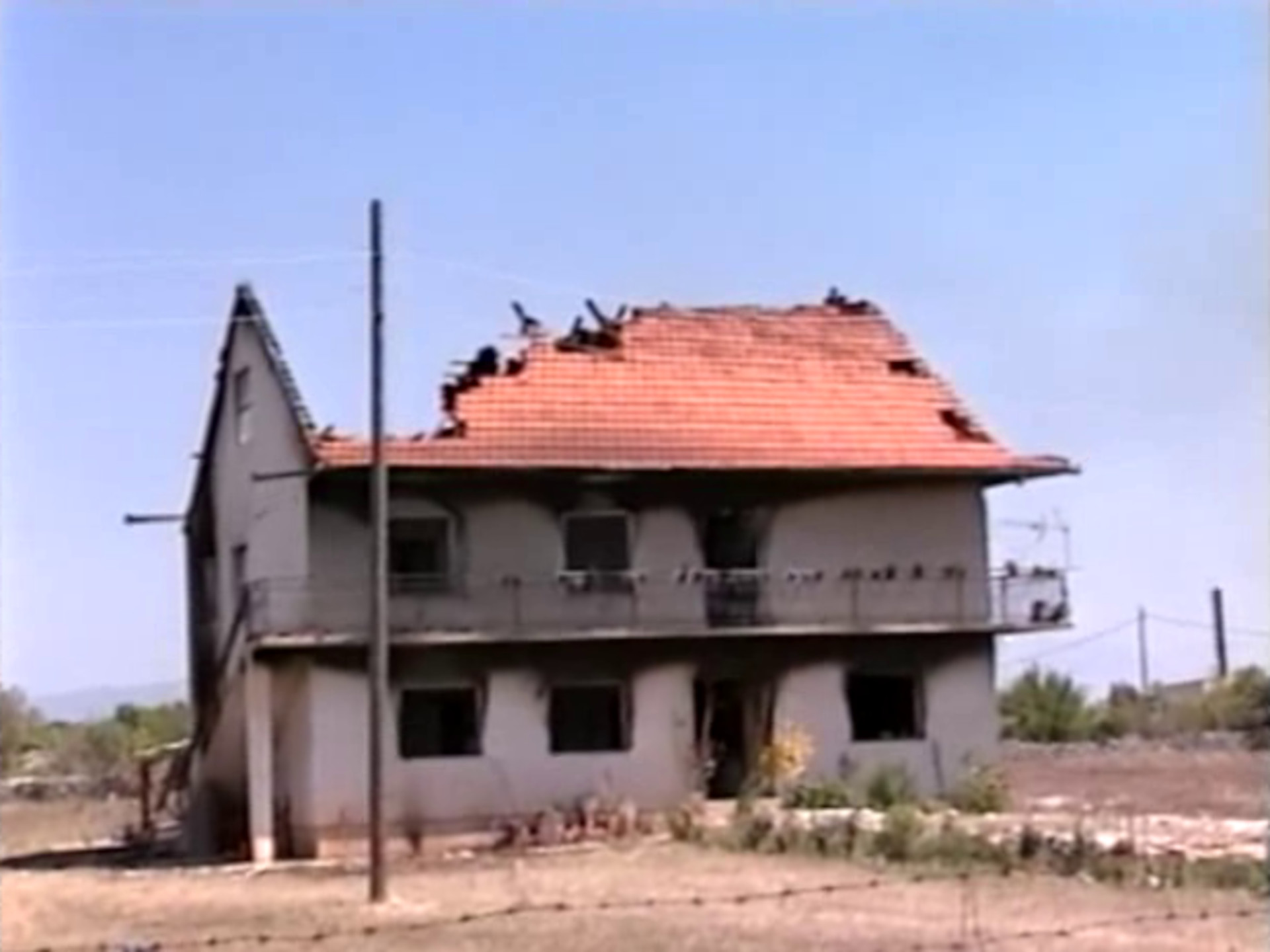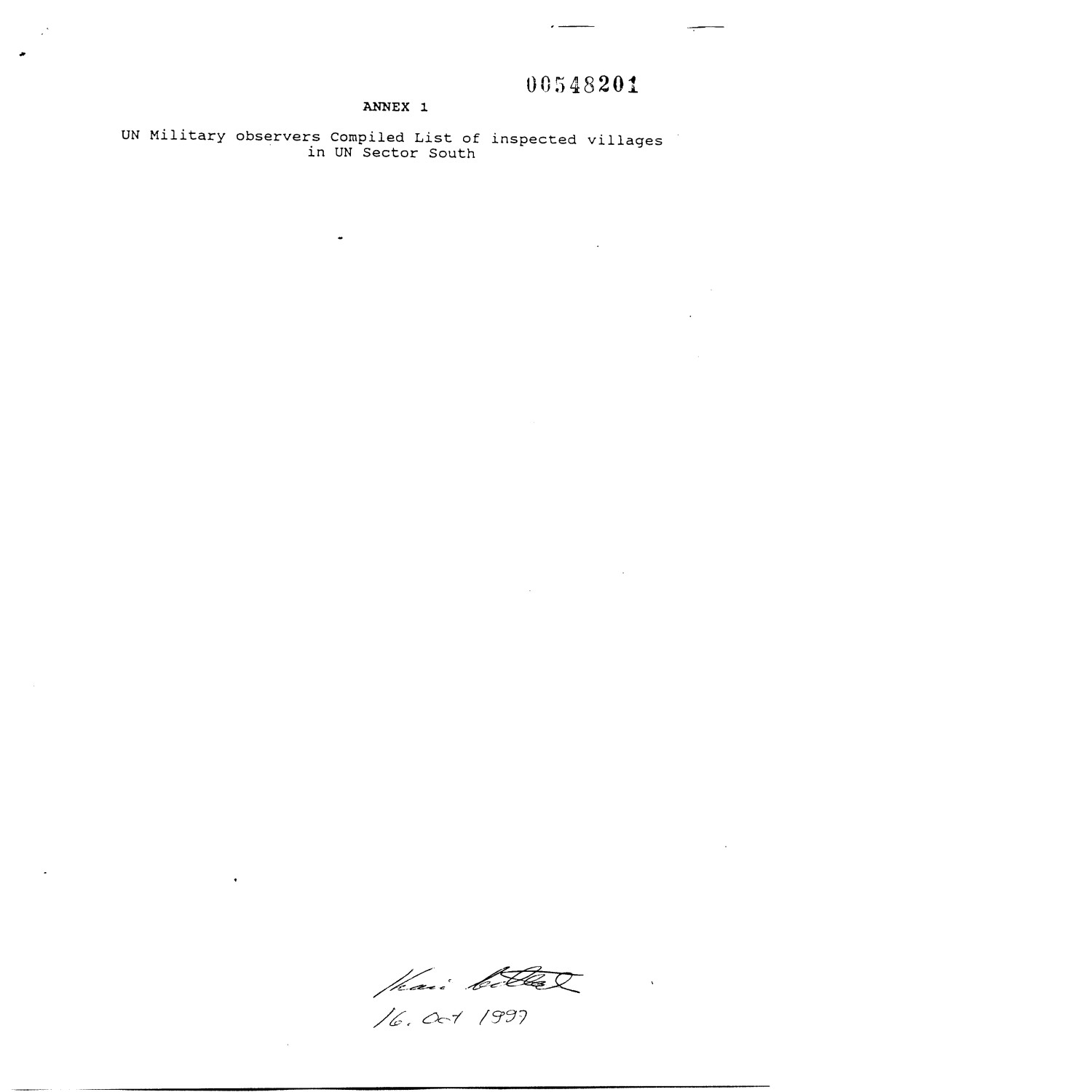The UN on Operation Storm:
The Twofold Courage of Peacekeepers

Had it not been for the United Nations peacekeeping forces in Croatia (UNCRO), we would know far less today about the impact of Operation Storm on the civilian population of the "Krajina" region. Without them, investigators of the crimes committed during that period would have faced a wall of silence — from both the Croatian army and the police, and from the other side, due to the lack of civilian witnesses, since the majority of the Serb population fled "Krajina" in the first days of the military offensive.
That is why the Hague Tribunal relied significantly on the testimony of UNCRO Sector South personnel, who, although unable to prevent the military assault, demonstrated a twofold courage — first, by remaining present in "Krajina" after the entry of Croatian forces despite the risks to their own safety, and second, by agreeing to testify at The Hague Tribunal about what they had observed.
Around twenty of them gave statements before the court. In summary, their conclusions were that the shelling of "Krajina" towns and villages on 4 and 5 August 1995 was disproportionate and indiscriminate, without clear identification of military targets. Once Serb civilians had fled, a wave of looting, destruction, and killings of those who stayed — whether out of helplessness or unwillingness to leave — followed.
UNCRO personnel testified that during their mission, they had been harassed by both sides: Serbs stole their vehicles, and Croats looted their equipment. From day one of Operation Storm, UNCRO observation posts were targeted by Croatian forces, forcing them to retreat from most of their positions. Once Croatia had secured military victory and the wave of crimes against Serb civilians and their property spread through "Krajina", UN personnel were denied freedom of movement, all under the pretext of protecting international observers.
Until 9 August, UNCRO personnel were unable to leave their bases. When they finally did, what they encountered was shocking: the liberated territory was engulfed in flames, and the scale of looting was beyond comprehension. Many of the crimes were documented by UN peacekeepers, either by taking videos or photographs. In fact, most of the footage and photographs presented before the court came from them.
According to a UN military observers' report dated 4 November 1995, out of 22,213 houses in the "Krajina" region, 17,270 were partially or completely destroyed.
Numerous experiences of UN forces were described in courtrooms, including one incident in Grubori which is featured in this exhibition. But perhaps the most poignant summary of what took place in "Krajina" came from the commander of UNCRO's Sector South, Canadian General Alain Forand, who spoke to Croatian Television shortly after Operation Storm. His final question — about what kind of life people can expect in an environment of hatred and violence between neighbours — remains, to a large extent, unanswered even today.



